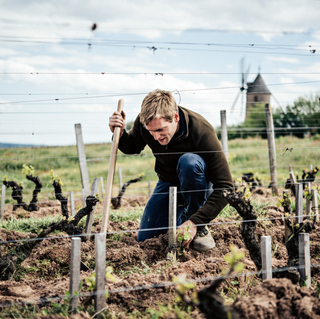Château du Moulin-à-Vent
Bourgogne, France





Located in the southernmost tip of the Burgundy region, Moulin-à-Vent was one of the first appellations established in 1924 and later awarded AOC status in 1936. Château du Moulin-à-Vent, named for the 300-year-old stone windmill atop the hill of Les Thorins, dates back to 1732, when it was called Château des Thorins.
Winery Story7 Results








